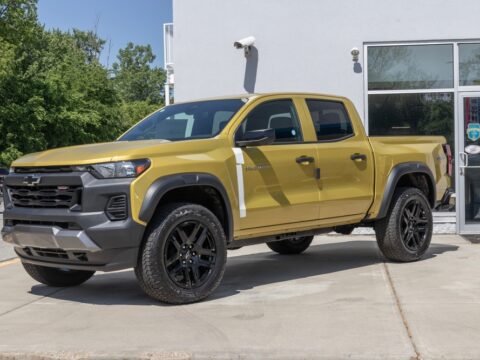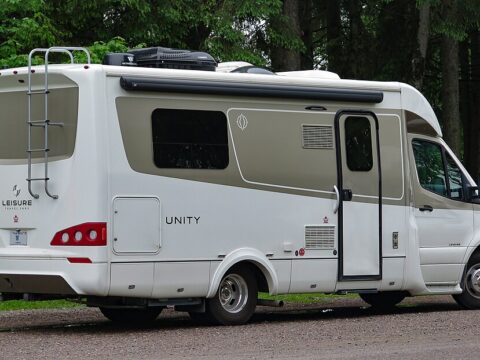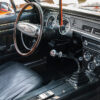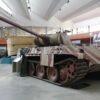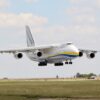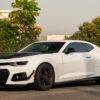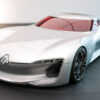In the vast expanse of the sky, certain aircraft have not only traversed the clouds but have also rewritten the rules of aviation. This article takes a look at 10 of the most revolutionary American aircraft, each a titan in its own right. These are the machines that didn’t just fly; they transformed the skies, broke barriers, and redefined what was possible in the realm of aerospace. From the Wright Flyer’s first leap into the air to the supersonic bursts of the X-15, each aircraft on this list marks a pivotal point in aviation history, forever altering the trajectory of human flight.
Contents
Wright Flyer (1903, Wright Brothers)
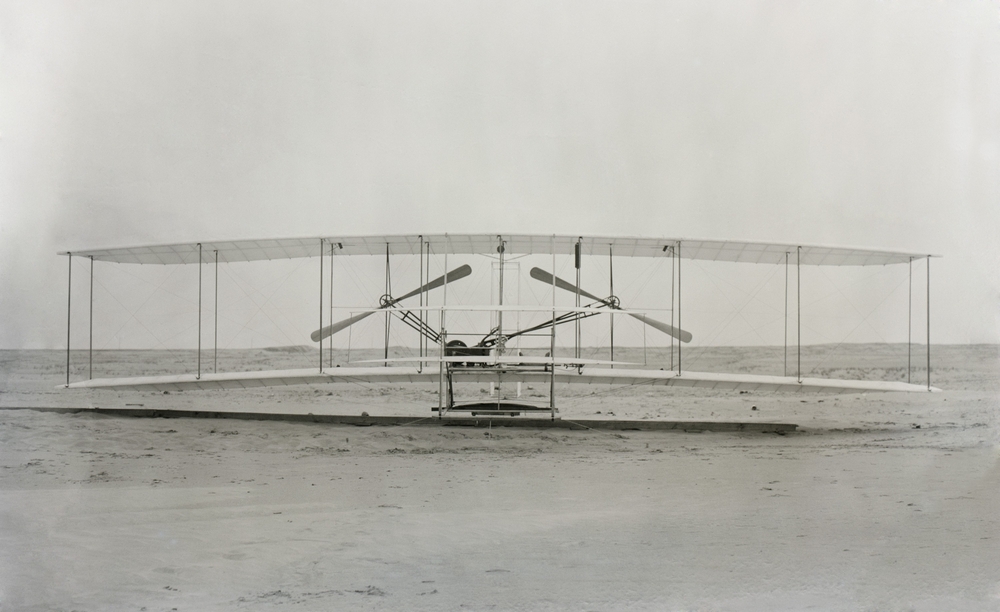
The Wright Flyer, built by the Wright brothers, made its historic flight in 1903, marking the first powered, sustained, and controlled airplane flight in history. This revolutionary aircraft featured a biplane design, a custom-built engine, and a unique system of control through wing-warping. Its successful flight at Kitty Hawk, North Carolina, is widely regarded as the birth of modern aviation. While the original Wright Flyer is preserved in the Smithsonian National Air and Space Museum, its legacy laid the foundation for all future aviation developments.
Boeing 707 (1958, Boeing)
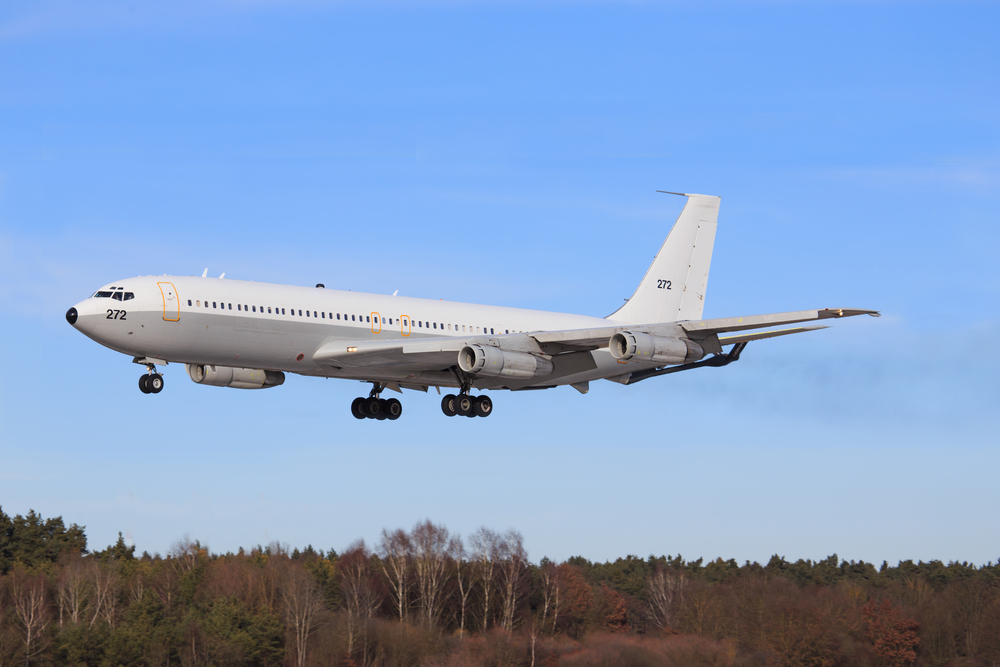
The Boeing 707, introduced in 1958, revolutionized air travel by making it faster and more accessible. It was the first commercially successful jet airliner, greatly reducing travel times and pioneering the jet age of passenger flight. The 707 was known for its four jet engines, speed, and range, significantly changing the dynamics of international travel. While it has been largely retired from commercial service, its impact on commercial aviation is undeniable. (Note that the image shown is an Air Force Boeing 707-3L6C)
Lockheed SR-71 Blackbird (1966, Lockheed Martin)
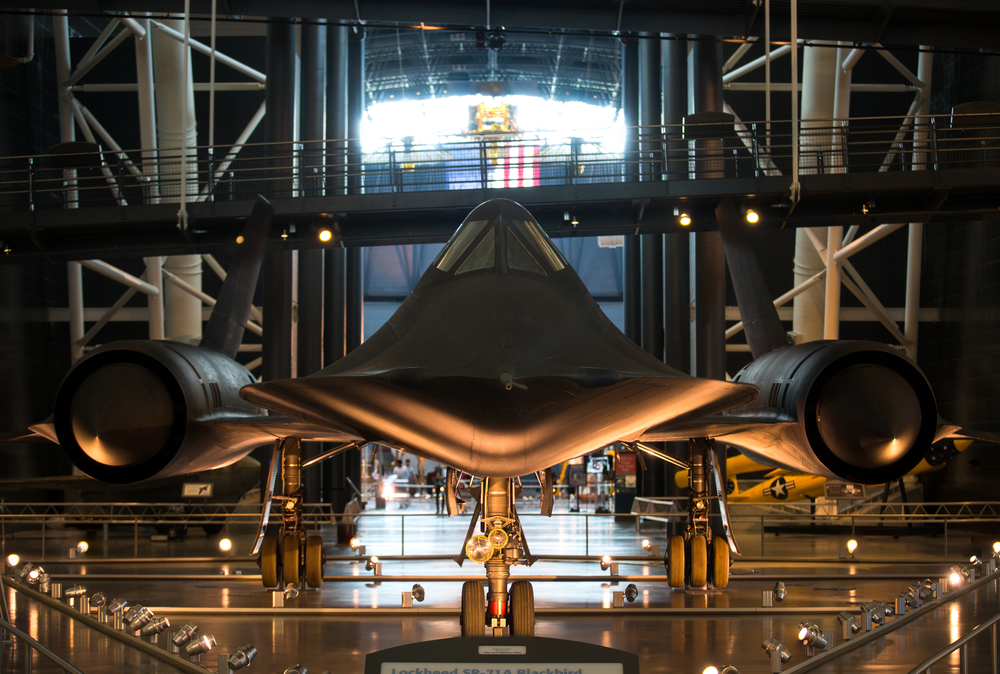
Introduced in 1966, the Lockheed SR-71 Blackbird remains one of the fastest aircraft ever built. Developed as a long-range reconnaissance aircraft for the United States Air Force, the SR-71 could reach speeds over Mach 3.2 and altitudes above 85,000 feet. Its advanced design featured stealth technology and was a marvel in aerodynamics and engineering. Though retired from service, the SR-71 set numerous speed and altitude records, making it a significant milestone in aviation history.
Bell X-1 (1947, Bell Aircraft)
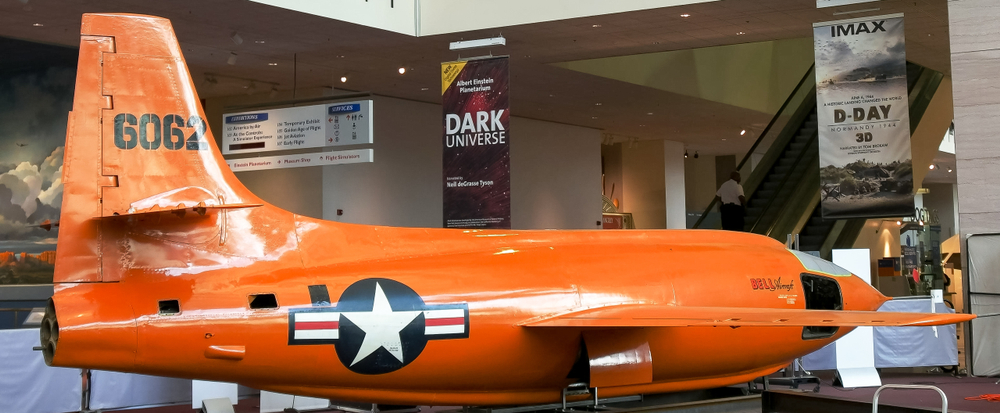
The Bell X-1, first flown in 1947, was the first aircraft to break the sound barrier in level flight. Piloted by Chuck Yeager, this experimental rocket-powered aircraft reached speeds surpassing Mach 1, opening the door to supersonic flight research. Its bullet-like design and powerful rocket engine were critical to its success. The X-1’s achievements paved the way for the development of faster, more efficient supersonic aircraft.
Boeing 747 (1969, Boeing)
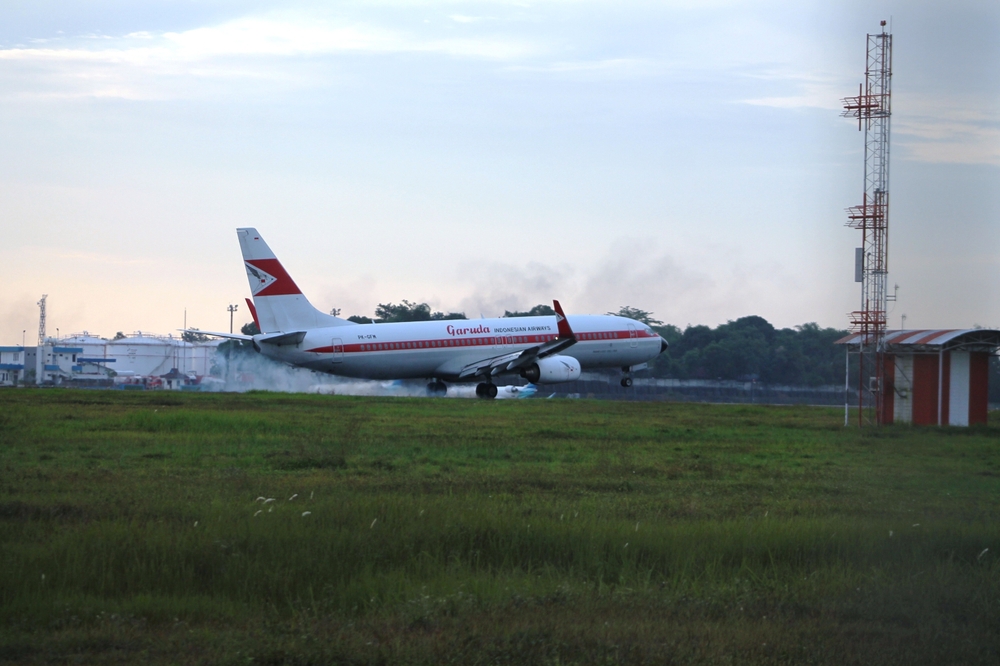
The Boeing 747, first flown commercially in 1969, revolutionized long-haul air travel with its iconic humpbacked design and large capacity. Known as the “Jumbo Jet,” it was the first wide-body airliner and for many years, the largest passenger aircraft in the world. Its design, featuring two passenger decks and four engines, allowed for significantly more passengers and cargo, reducing the cost of air travel and making it more accessible. The 747 is still in use today, though primarily for cargo transport, and remains an icon of aviation history.
General Dynamics F-16 Fighting Falcon (1978, General Dynamics)
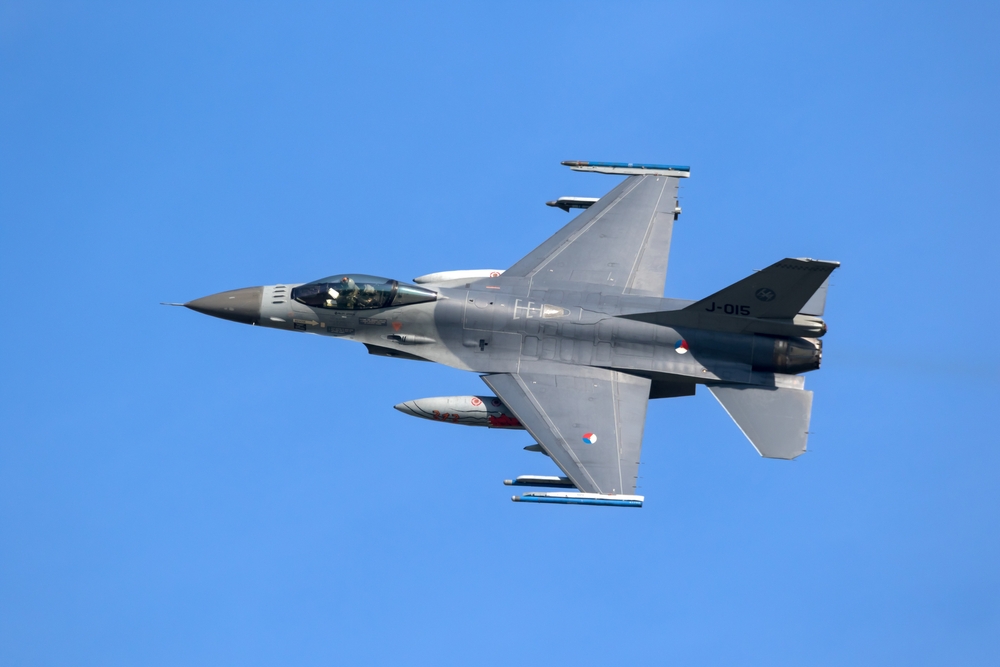
The F-16 Fighting Falcon, introduced in 1978, marked a significant advancement in fighter jet technology. Known for its agility, lightweight airframe, and advanced fly-by-wire control system, the F-16 became a model for future fighter jets. Its versatility as a multi-role fighter has made it one of the most used fighter aircraft worldwide. The F-16’s innovations in maneuverability, aerodynamics, and pilot interface continue to influence fighter jet design.
Lockheed U-2 (1955, Lockheed Corporation)
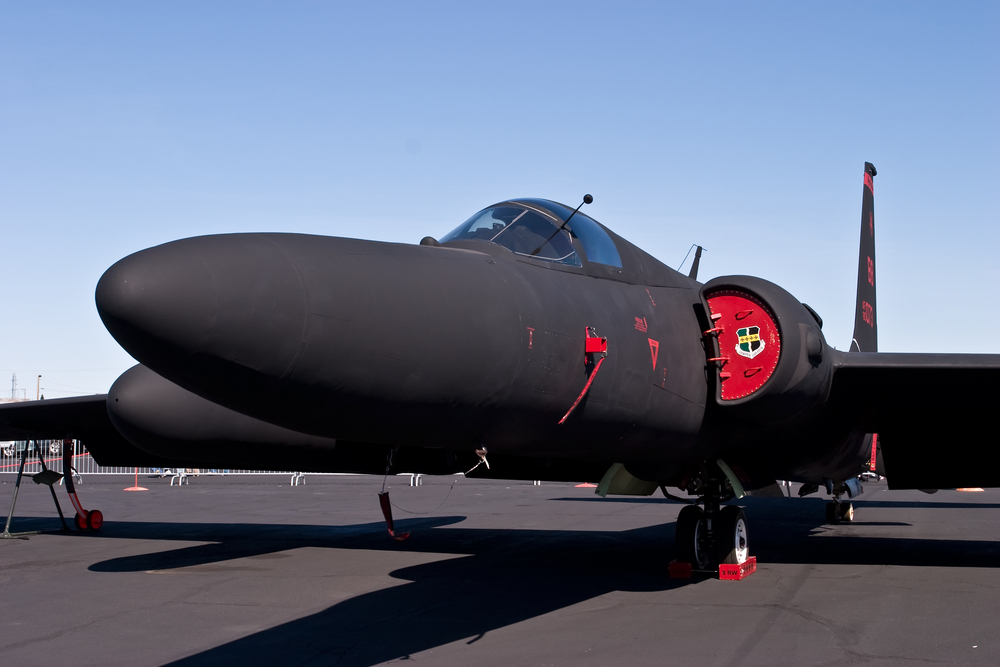
The Lockheed U-2, first flown in 1955, was a high-altitude reconnaissance aircraft that played a crucial role during the Cold War. Capable of flying at altitudes above 70,000 feet, the U-2 gathered invaluable intelligence without detection. Its unique design, with long glider-like wings and lightweight construction, allowed it to reach such high altitudes. The U-2 is still operational today, a testament to its enduring design and strategic importance.
Boeing B-52 Stratofortress (1952, Boeing)
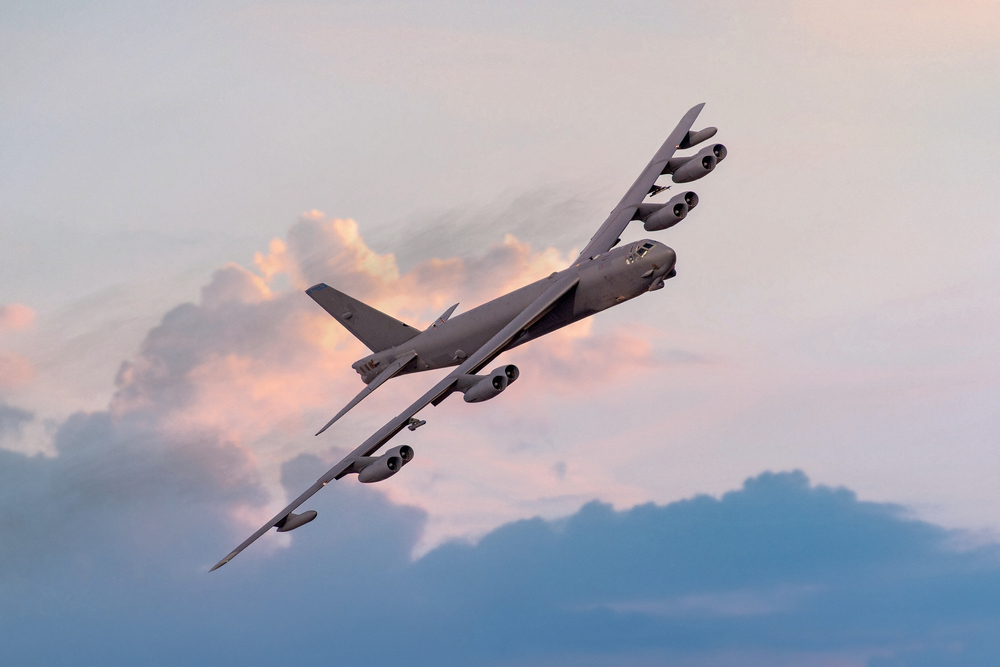
First flown in 1952, the Boeing B-52 Stratofortress is a long-range, subsonic, jet-powered strategic bomber that has been a mainstay of the United States Air Force for decades. Known for its formidable payload capacity and intercontinental range, the B-52 has been used in various conflicts since the 1950s. Its durability, versatility, and continual upgrades have allowed it to remain in service far longer than originally anticipated, making it one of the longest-serving bomber aircraft in history.
North American X-15 (1959, North American Aviation)

The North American X-15, first flown in 1959, was a rocket-powered research aircraft that set speed and altitude records in the 1960s. It reached the edge of outer space and obtained valuable data on high-speed aerodynamics, aircraft heating, and control at near-space altitudes. The X-15’s contributions to spaceflight were monumental, providing key insights that influenced both military aircraft and space vehicle design.
Douglas DC-3 (1935, Douglas Aircraft Company)
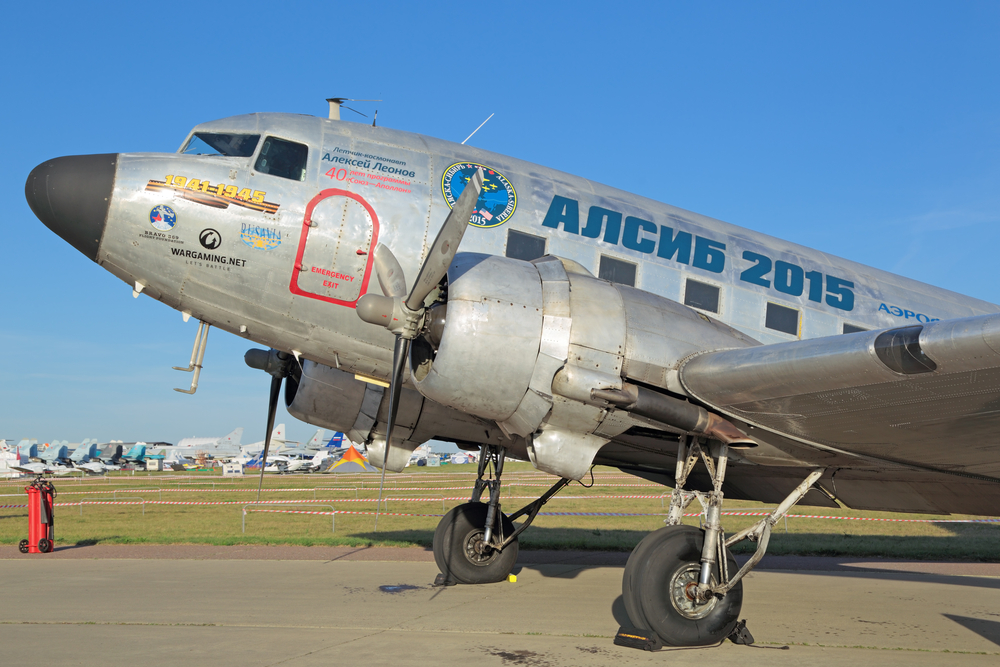
The Douglas DC-3, first flown in 1935, revolutionized air travel with its efficiency, reliability, and profitability. As one of the first airliners to make passenger air travel economically viable, the DC-3 significantly influenced the development of the airline industry. Its design featured two radial piston engines, a retractable landing gear, and a capacity for up to 28 passengers. Many DC-3s are still flying today, a testament to their enduring design and impact on commercial aviation.
This article originally appeared on MyCarMakesNoise.
More from MyCarMakesNoise
25 of The Best French Cars Ever Built

France has long been a hub of automotive innovation, producing some of the most iconic and influential cars in history. From sleek sports cars to groundbreaking everyday vehicles, French manufacturers have consistently pushed the boundaries of design, technology, and performance. Read More
14 Underappreciated Cars Deserving Your Attention

In the vast expanse of the automotive world, some gems remain hidden beneath the surface, overshadowed by the more ubiquitous household names. These vehicles, with their unparalleled prowess, groundbreaking features, and sophisticated designs, are the unsung heroes of the roads, waiting to be discovered by discerning drivers. Read More
13 Classic Sports Cars with Unmatched Speed

In an era when automotive design was as much art as engineering, classic sports cars broke not just speed records but also the boundaries of what was deemed possible on four wheels. Read More


